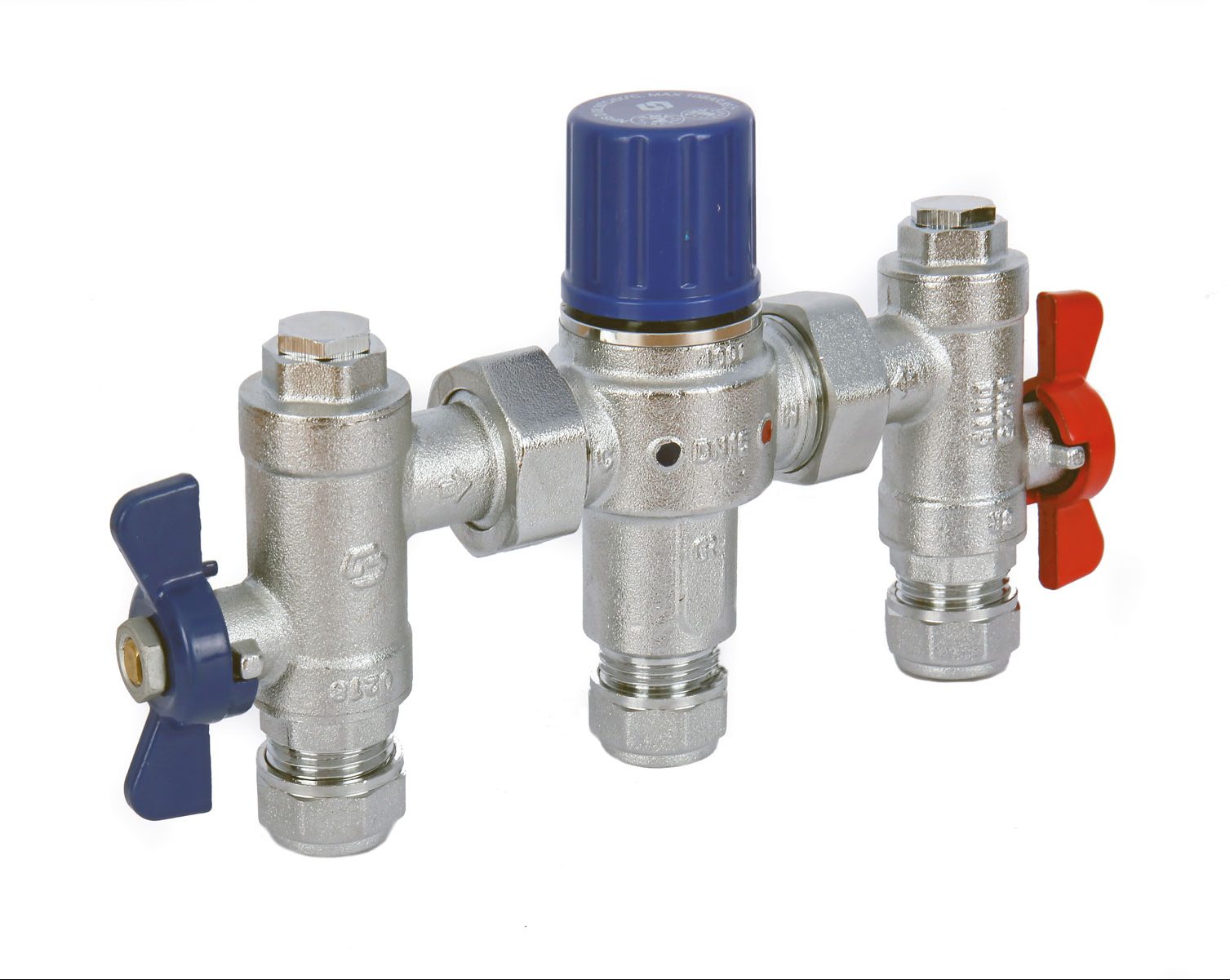Keeping up with the flow of regulations that occur in the water industry is challenging and keeping abreast of amendments and legal revisions can be a full time job. Increased knowledge as to the exact causes of dangerous bacteria such as Legionella Pneumophila, and the availability of products to prevent it, means there is no excuse for not introducing the appropriate safeguards.
The importance of supplying ‘fit-for-purpose’ products for building services applications and especially for hot and cold water systems that can affect public health has never been greater. David Keys, Managing Director, at Albion Valves (UK) Ltd explains why.
Laws – Old and New
It is fairly common knowledge that the Water Supply (Water Fittings) Regulations and Scottish byelaws are national requirements governing the design, installation, operation and maintenance of plumbing systems, water fittings and appliances that use water. They are designed to legally protect public health and promote the efficient use of water.
It is however, a less well known fact that many UK water companies, in conjunction with WRAS, have released amendments in relation to installation requirements under the Water Supply (Water Fittings) Regulations 1999 in England and Wales, which now means that the water appliances that we all use every day may need an additional double check valve to be installed at the point of connection between the water supply and the appliance.
Double check valves protect the water supply from the risk of backflow and back siphonage in domestic homes and commercial buildings, ultimately preventing potential contaminants getting into other parts of the system, especially drinking water.
Dan Littlewood, Senior Water Regulations Technician at Severn Trent Water comments “The presence of double check valves is a legal requirement in many domestic and non-domestic plumbing arrangements, as is the requirement for all fittings installed in such systems to be of an appropriate quality and standard and be suitable for the circumstances in which they are used. The quality made, compliant valves in this range present peace of mind in regards to the prevention of backflow whilst also meeting all regulatory requirements for a water fitting.”
Another area of concern is the spread of Legionnaires Disease which can easily colonise in hot and cold water systems and prove fatal to those that come into contact with it. Recent statistics show that as many as 10% of reported cases result in fatalities.
The optimum legionella bacteria multiplication temperature is between 32°C and 42°C. HSE L8 requires the temperature of domestic hot-water systems to be maintained between 50-60°C. It also advises that stored hot water is not below 60°C, with a recommended distribution temperature of no less than 50°C, and 55°C in healthcare premises, within one minute of running an outlet. Thermal Balancing Valves are designed for use in circulating hot water systems, by design it provides thermostatically controlled regulation of flow and thermal disinfection, assisting with protection against Legionella. Once the water temperature rises to its set point, the thermal balancing valve will restrict the flow in order to maintain a constant temperature and limit the flow in circulation pipes to a minimum required level.
Temperatures in excess of approximately 44°C may result in burns to the skin, so a conflict exists between storing hot water at 60°C and the risk of scalding. As a result, hot-water temperatures need to be controlled via thermostatic control devices – such as Thermal Mixing Valves (TMV). TMV’s are available in 2in1 and 4in1 combinations and are designed to blend hot water which is commonly stored at temperatures high enough to kill bacteria with cold water at the point of discharge, this will ensure a constant, safe outlet temperature preventing scalding.
Pressure Reducing Valves protect the whole installation from problems due to excess pressure, such as pipe noise, water hammer and excess wear of other equipment. Pressure Reducing Valves are designed to control and maintain a regulated and constant water pressure. Furthermore, less pressure means less water used, and therefore less energy consumed, which in turn improves the efficiency of the building.
Regulations
UK water regulations classify the range of domestic and non-domestic uses of water into five fluid categories. These categories are graded from 1 to 5; from the cleanest potable water rated number 1 to water classed as posing a serious health hazard graded as a 5.
The range of public health valves at Albion have been designed to be fully compliant with the increasingly stringent water regulations and manufactured to the same exacting standards expected from us as a company. All of the valves in this range are WRAS approved providing engineers and installers with the peace of mind that they are complying with the latest regulations.
The public health valve range from Albion includes double check valves (ART 36, 37 and 236), pressure reducing valves (ART 670F and 670M), thermal balancing valve (ART 31) and thermostatic mixing valves (ART 33 and 33SV).
For more information on our public health valves please email sales@albionvalvesuk.com
